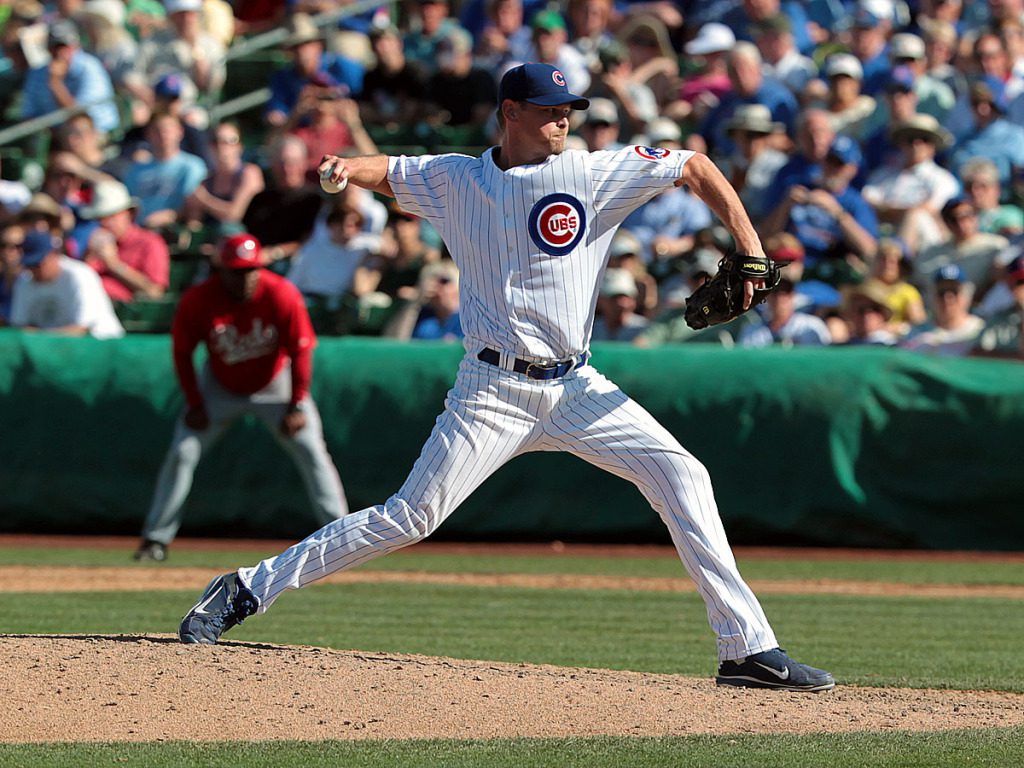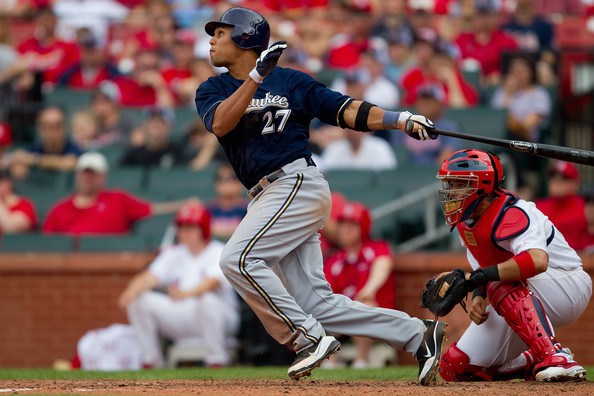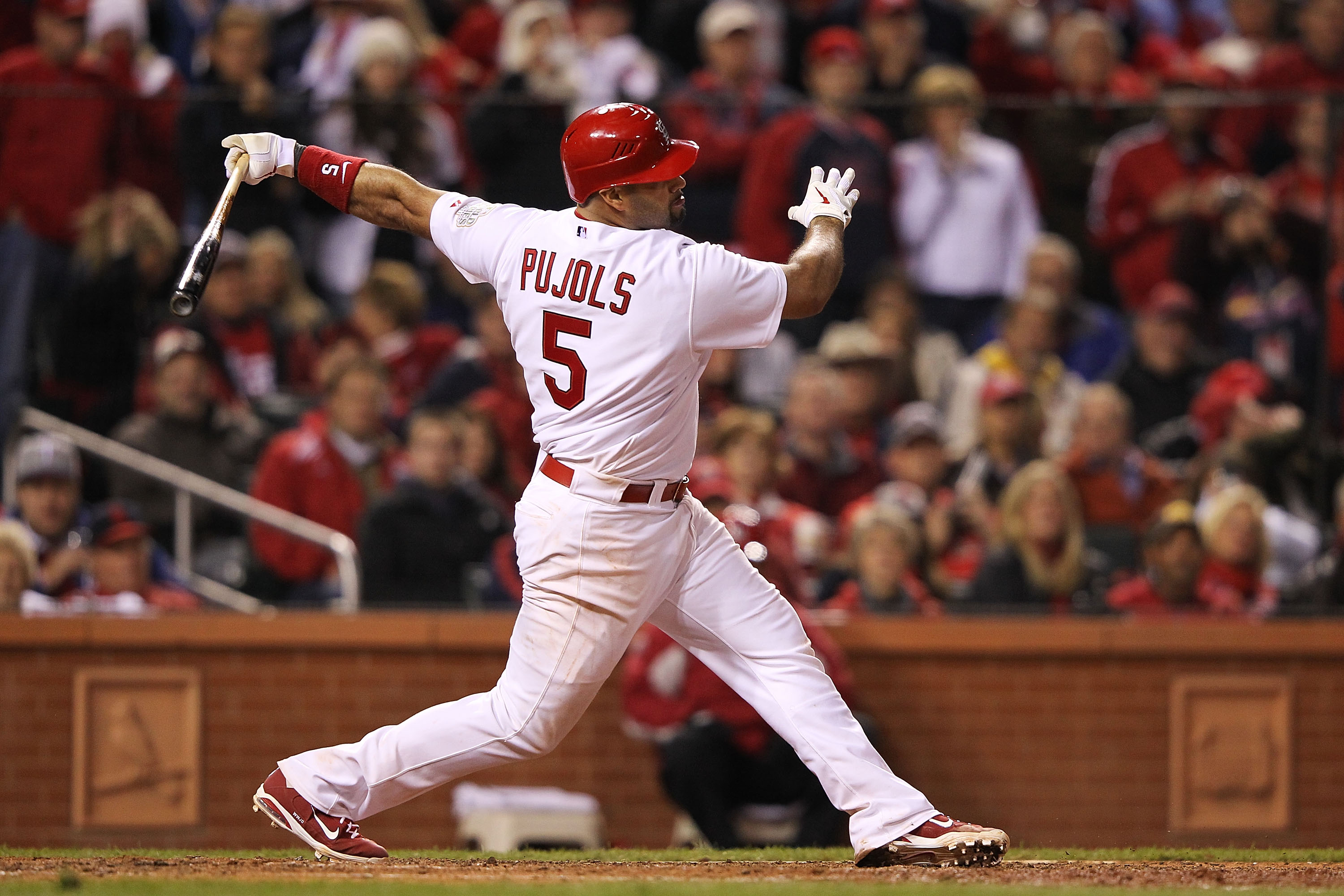CHAPTER 1: INTRODUCTION
As baseball fans we all have predispositions about that have stemmed from many years of watching the sport. I won’t go off into a psychology lesson but it’s natural that most fans feel a certain way about the value of a double compared to that of a stolen base, for example. It’s part of our job as DFS players to train our minds to set these notions aside and think according to the scoring system on our favorite site.
DraftKings is my personal favorite so I’ll be looking into the frequency of each relevant statistic and how these outcomes translate into fantasy points.
CHAPTER 2: DRAFTKINGS HITTING
It’s a pretty standard, albeit jacked up model that we’ve all grown to love. At a minimum of 14 points per homer, you can make the argument that DraftKings digs the longball even more than chicks do. Because this scoring is so unique, it’s important to know which stats carry the most actual value compared to their perceived value.
This graph interprets one calendar year of baseball data and gives us the average frequency of each play that factors into DraftKings scoring. The most common occurrence is a single which happens on 15.6% of plate appearances, which makes it roughly 4x more frequent than a double and 30x more frequent than a triple. At those rates, it doesn’t make sense to pick a guy like Angel Pagan just because he’s good at triples, when even the speediest gap hitters go only home-to-third about 1.5% of the time.

Here we have taken those outcomes and multiplied them according to their DraftKings value. We plugged the average performance into the DraftKings scoring model and this is the percentage breakdown of his point distribution. Of course, a home run counts as 10 points but also requires that you drive in a run and touch home plate which makes it the single most valuable outcome. Once you’re done soaking up all of the hitting knowledge we will move onto pitching…
CHAPTER 3: DRAFTKINGS PITCHING
Let’s continue down the path of enlightenment on the road to becoming DraftKings royalty. Everyone knows that strikeouts are king on DraftKings – the extent of which we uncovered in yesterday’s article: Daily Baseball Strategy: The Art of Strikeouts on DraftKings. Looking over the scoring system, it’s easy to see that wins are diluted by the significant value placed on innings pitched and K’s. However, it’s hard to figure out the true worth of each stat because of a wide range of categories and some offbeat decimals.
We separated the pitching stats into two graphs because the outcomes are mostly independent from one another. You can see that a starting pitcher gets a win in only 35% of his starts and when valued at less than the sum of 2 IP, it makes wins almost a non-factor. The graph on the right indicates that the average start comes in at 5.9 IP, 2.6 ER and 4.8 Ks, not a bad performance but just shy of a quality start.
The negative outcomes appear in red. Unlike hitting, pitching deals with both sides of the coin – the numbers indicate that on average, 28% of positive DraftKings stats (IP, K, W) are nullified by negative plays (ER, H, BB, HBP). At the same time, we can see just how valuable it is to work deep into games and accumulate strikeouts along the way. With 68% of the pie devoted to IP and K’s and just 4% attributed to wins, it’s confirmed that a W was only made to be the cherry on top of the DraftKings sundae.
CHAPTER 4: RECAP
This concludes our journey that helped us separate our baseball perception from DraftKings reality. Let’s recap some important findings:
- Home runs are the one true king of DraftKings.
- Doubles are worth more than their perceived value; triples and stolen bases, not so much due to their low frequency. That’s not to say that the top tier base stealers aren’t worth the investment.
- Wins should not be a primary concern when selecting a pitcher.
- Innings pitched are key because of their lucrative value and their correlation with fewer negative outcomes – invest in the guys that get deep into games and already have a few CGs to their credit.
- Strikeouts are by far the most valuable means of recording an out. For example, Kerry Wood had an impressive one-hitter back in 1998 while Shelby Miller also had himself a nice one-hitter two weeks ago against Miami. However, Wood struck out 20 compared to just 4 K’s for Miller which would have given him the slight edge on DraftKings (68.65 to 35.5).










